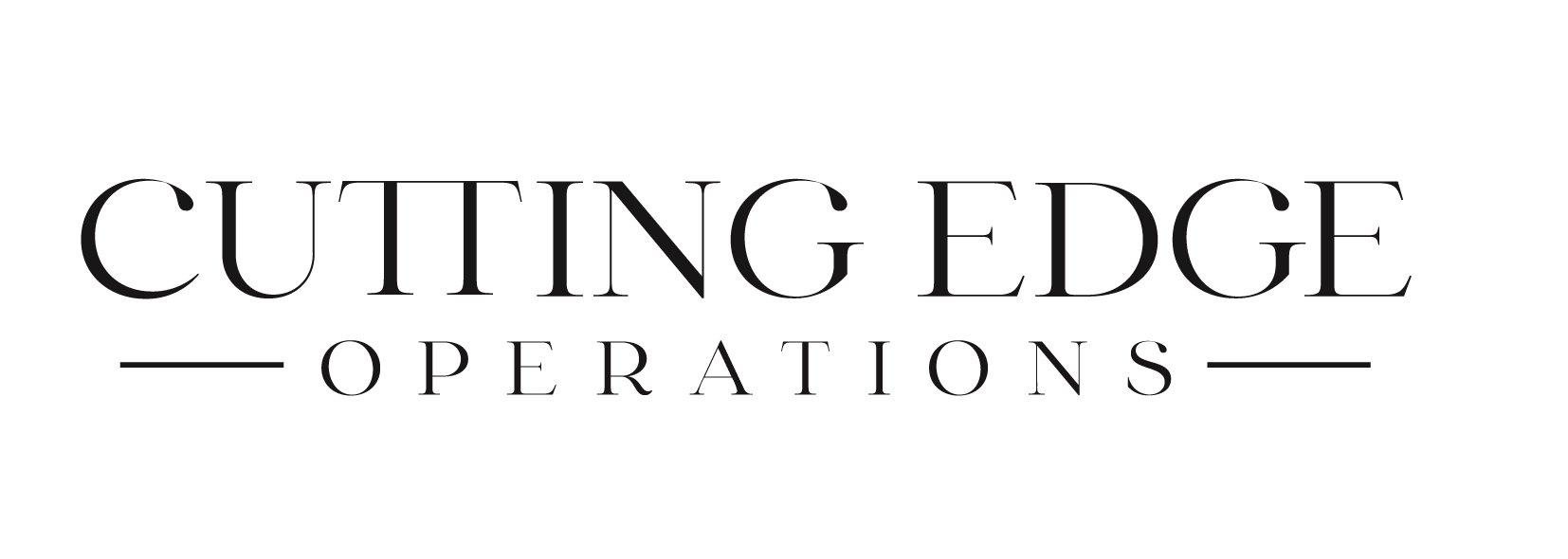How to Streamline Your Customer Relationship Management Process Flow
We tackled process definition in the previous post, the foundation for a smooth-running business, and now lets work on your customer relationship management process flow to increase client satisfaction and ultimately retain clients. The heart of organized client relationships is your Client Management Hub (CMH), also known as a Customer Relationship Management (CRM) system.
Think of your CMH as the command center for all your client interactions. It’s where you’ll store everything from initial contact forms and intake details to project timelines, invoices, and communication threads – all in one beautifully organized place.
But with a plethora of CRM options out there (think Dubsado, Honeybook, or Moxie), choosing the right one can feel overwhelming. Let’s break it down to avoid analysis paralysis:
Finding Your CRM Soulmate:
- Tech Savvy or Spreadsheet Superstar? Don’t worry, CRM options cater to all comfort levels. Many boast intuitive interfaces, drag-and-drop functionality, and even mobile apps for on-the-go access.
- Learning Curve Considerations: While most CRMs are user-friendly, consider the initial learning curve. Some platforms offer extensive tutorials and support, while others might require a bit more self-exploration.
- Meeting You Where You Are vs. Growing with You: Are you a solopreneur or a growing team? Choose a CRM that scales with you. Some CRMs cater to freelancers, while others offer advanced features for larger teams.
- Integration Station: Does your CRM seamlessly integrate with your existing tools like email marketing platforms or accounting software? This saves tons of time and keeps everything centralized.
Must-Have Features:
- Client Profiles or Projects: This is your client information HQ, storing everything from contact details to project notes.
- Communication Hub or Portal: Say goodbye to email fishing expeditions! Streamline communication through a centralized platform for emails, proposals, and contracts.
- Proposal & Contract Management: Create, store, and send professional proposals and contracts electronically, keeping everything organized and legally sound.
- Questionnaire Central: Create and manage questionnaires for gathering client information and feedback, saving you time and ensuring consistency.
Pro-tip: Make sure the questionnaires can be shared via a public link or embedded on your website in addition to being shared internally within your CRM. - Invoicing & Payments: Generate and send invoices with ease, and track payments within your CMH for a clear financial picture.
The Effort Factor:
Setting up your CMH might require some initial investment of time, but the reward is an organized and streamlined client experience. Many CRMs offer free trials or affordable plans, so you can test the waters before committing.
Bonus Tip: Don’t try to do it all at once!
Start by creating your lead capture process: this is the initial contact process for new leads and how you’ll capture their information when they show interest in your services.
From there, you can dive into your client onboarding process, then your offboarding process!
Remember:
The perfect CRM is the one that empowers you to deliver incredible client experiences. The main goal is to improve your customer relationship management process flow in a way that is not overwhelming to you while delivering a top-notch client experience in the meantime. There is no one size fits all, so don’t be afraid to explore different options and find the one that aligns with your workflow and tech-savviness.
Need help determining the perfect CRM that suits your needs? Book an Operations Clarity Call where we’ll work together to identify your needs and the tool that’s the best fit!
Otherwise, stay tuned for the next blog where we’ll dive deeper into streamlining your service delivery process!
By the way, did you find this blog helpful? Be sure to comment below and let me know your thoughts!






